I think those conversations are fascinating and so important to give space to -- because if people are making these assumptions about Yaminah, they're probably making them about others. It's important that people understand these complexities when it comes to beauty and identity.
For so long, the beauty industry and media have really dictated what is seen as "beautiful." Is it more democratic now because there are more voices involved?
Over the course of the last 20 years, thanks to the rise of digital culture and digital journalism, that space has completely expanded. Now, some of the most influential people in the beauty industry are under the age of 30 and have made it (big) through a YouTube channel and a TikTok account. There are more voices, and I think it's a really positive thing. As a result, we're seeing the big power players respond and there's now more diversity on the runways and in advertisements. There's still a lot of work to do here, but seeing Gucci cast Ellie Goldstein, a model with Down syndrome, in one of its beauty campaigns, for example, is positive.
The Style team covers major fashion events like the Met Gala, but your work also touches on much more. How does taking a step back and looking through a different lens help the audience understand the bigger picture a bit better?
By looking at major world events from the Covid-19 pandemic to the war in Ukraine through a cultural lens, we add another layer to the incredible coverage that our news colleagues produce around the world. Art and culture can, of course, entertain or help lift spirits, but it can also be a powerful reflection of our times.
For example, when the war in Ukraine initially broke out, we heard about the Ukrainian artist Pavlo Makov who had been nominated to represent his country on the global stage at an event called the Venice Biennale, which is essentially the Olympics of the art world. We followed his journey and his curator's journey as they fled Ukraine and travelled to the Venice Biennale. One of the really interesting things that he said to me when I finally sat down with him in Venice was that art isn't a medicine. Art doesn't stop wars, but it can be a form of diagnosis; it can help you understand why they happen in the first place. Our editorial mission has really helped our team define CNN Style's role in a world filled with conflict and crisis.
Are there any interesting directions you see style and design going as the world hopefully heads into a post-pandemic era?
I think when we were cooped up inside, we all found this new appreciation for being outdoors. And when lockdowns were lifted, a lot of socializing happened outdoors at first. We're seeing that reflected in home design trends. We had to build makeshift offices in our homes, so I think designers are being clever, creating furniture and design solutions for the home that allow you to pivot from being "at work" to not being at work. We're also seeing even more fluidity when it comes to inside and outside spaces.
On the fashion front, there were months on end where I, like many people, bought nothing. There were no parties to go to. There was no office to go to. So I just stopped buying clothes. It taught us you can live with less. And I think that was a win for the sustainable fashion conversation. We also saw more experimentation with digital fashion, be it with the launch of the first fashion week in the Metaverse or the convergence of the fashion and gaming worlds. I'm interested to see where these experiments lead to.
📷 Follow CNN Style on Instagram for the latest fashion and culture in context

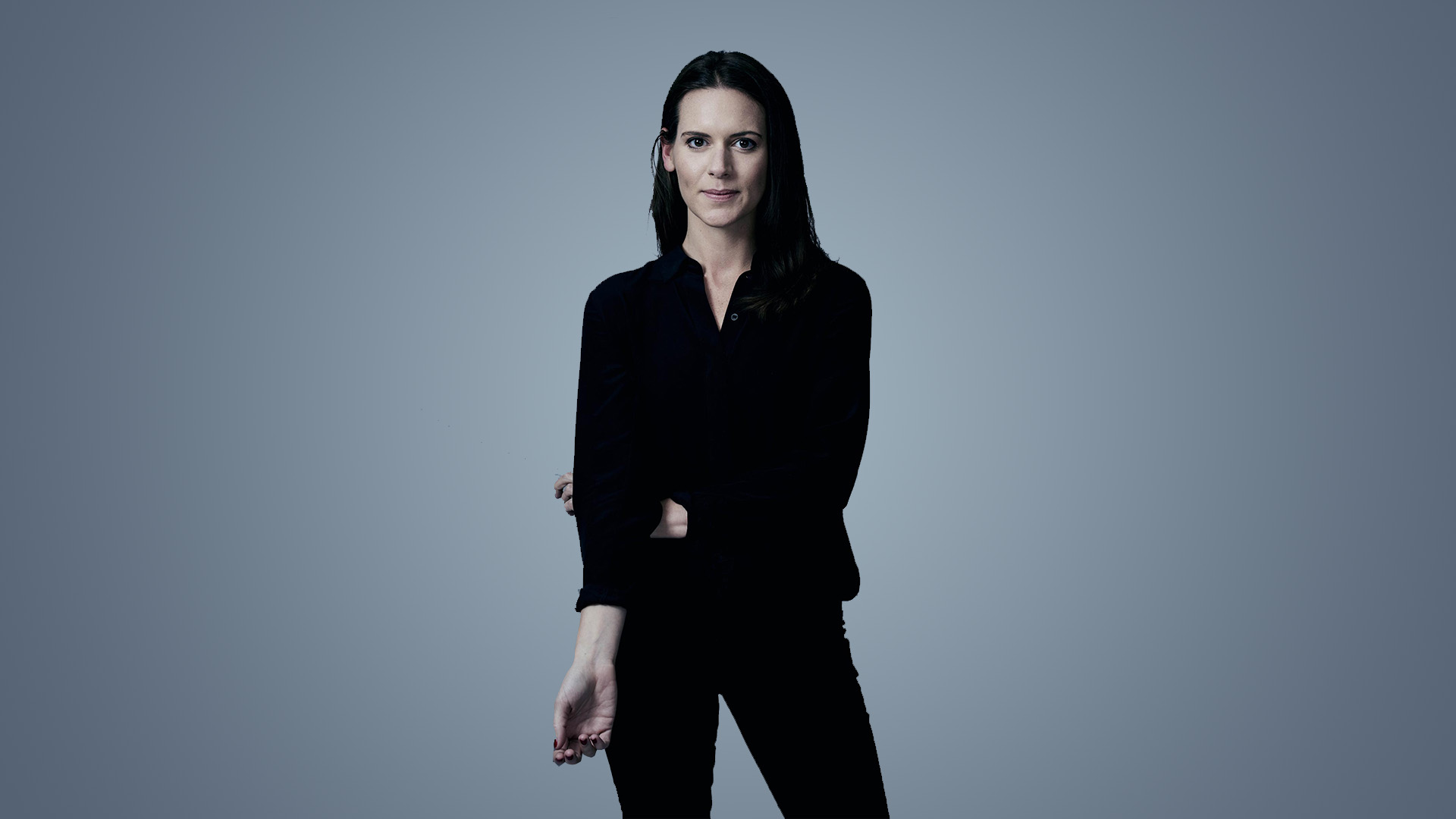
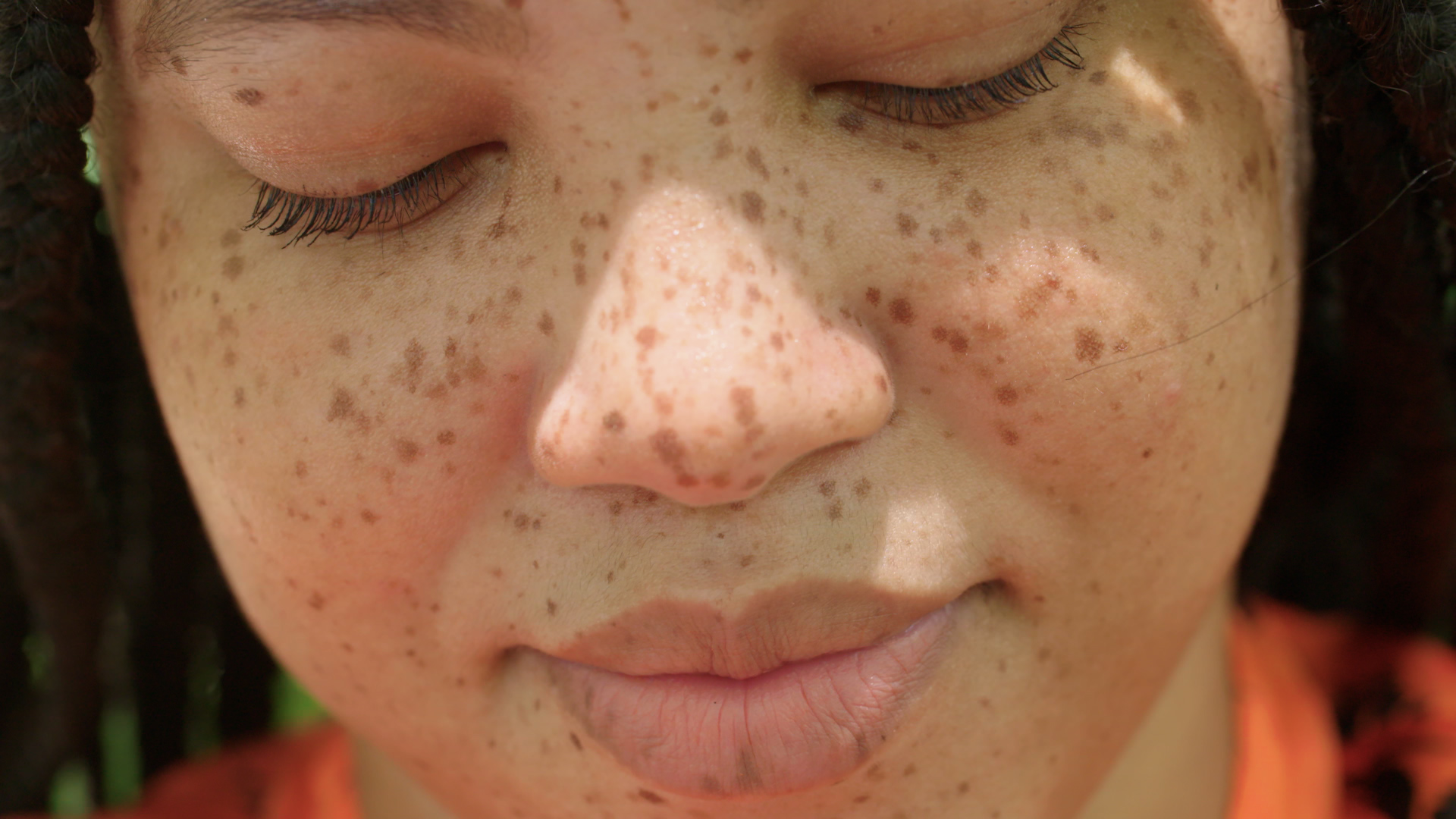

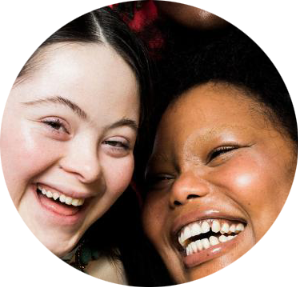
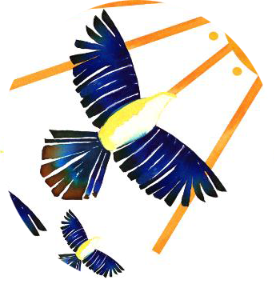
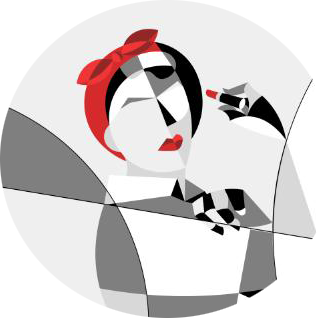
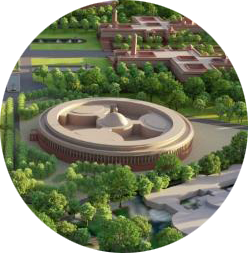

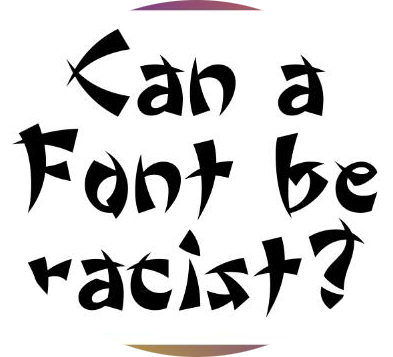
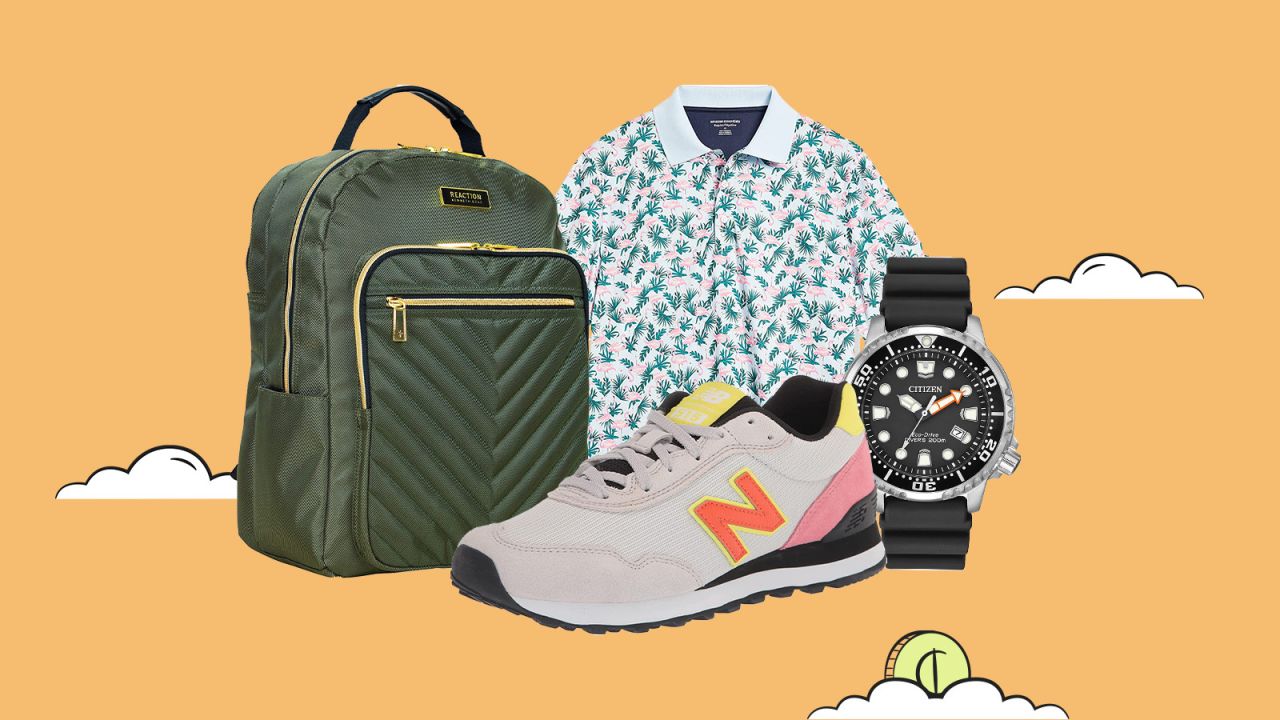

Đăng nhận xét